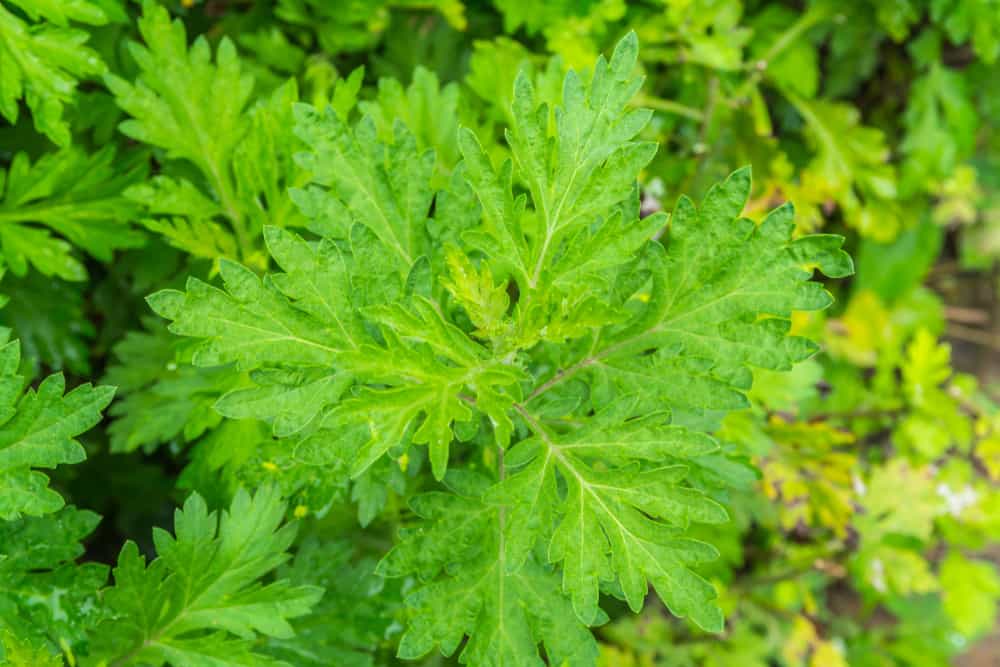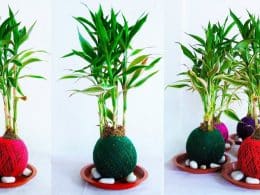Artemisia annua, also popularly known as sweet wormwood, sweet sagewort, sweet annie, annual wormwood, or annual mugwort, is a common type of wormwood that is native to the temperate region of Asia, but naturalized in different countries including parts of North America.
Scientific classification
- Family: Asteraceae
- Scientific name: Artemisia annua
- Rank: Species
- Higher classification: Mugworts
- Kingdom: Plantae
- Order: Asterales
Characteristics of Artemisia annua
Artemisia annua is a member of the Asteraceae plant family and is an annual short-day plant. The stem of this plant is either brownish or violet-brown. The wormwood plant itself is wholly hairless and grows naturally from 30 to 100 cm tall.
However, in cultivation, a sweet wormwood plant can get to a height of 200 cm. The A. Annual leaves have a length of approximately 3–5 cm and are shared by deep cuts into about two to three small leaflets.
A significant characteristic of the leaves is the intensive aromatic scent. The content of artemisinin in dried leaves of the sweet wormwood plant is between 0% and 1.5%.
New hybrids of the Artemisia annua was developed in Switzerland and can reach a leaf artemisinin content of as much as 2%. The small flowers of this plant have a diameter of around 2–2.5 mm and are naturally positioned in loose panicles.
The color of this plant’s flower is green-yellowish. It also has seeds that are brown achenes with a 0.6–0.8 mm diameter. Their thousand-kernel has an average weight of around 0.03 g (on the other hand, wheat has a TKW of approximately 45 g).
Agricultural Practice
The growing period of Sweet wormwood from seeding till harvest stage is around 190–240 days, depending on the altitude and climate of the production area.
The plant has to be harvested at the start of flowering. At that time, the leave’s artemisinin content is at its highest. The Dry leave yields of Artemisia annua plantations usually vary between 0.5 and 3 t/ha.
In terms of the preferred climate, A. annua loves warm and sunny conditions. The plant’s optimal growth temperature is within 20 and 25 °C. There is also an Annual temperature sum of 3500–5000 °C required to guarantee the plant’s proper maturing.
The rainfall during this plant’s growing season should not be below 600 mm ( the annual rain shouldn’t be higher than 1150 mm). Mostly the seedlings of sweet wormwood are susceptible to water lodging or drought.
On the other hand, the mature plants of this species are quite resistant to such climate conditions.
Preferred soil condition
The preferred soil conditions for a sweet wormwood plant are light soils with deep topsoils and proper drainage properties. However, it is reported that this plant is adaptable to various soil types.
Coupled with the relatively low demand in an environment, the sweet wormwood can have characteristics of a neophytic plant.
This plant has been praised for its medicinal properties. Most famous for being an effective malaria treatment, the sweet wormwood has also been tested as a cancer treatment and showed promise.
Most recently, it is rumored to be the herb behind the supposed cure for the novel coronavirus, Covid-19, discovered in Madagascar. The sweet wormwood can also be used in foods and teas.
We hope that you found this article helpful. Do not hesitate to leave comments below.










